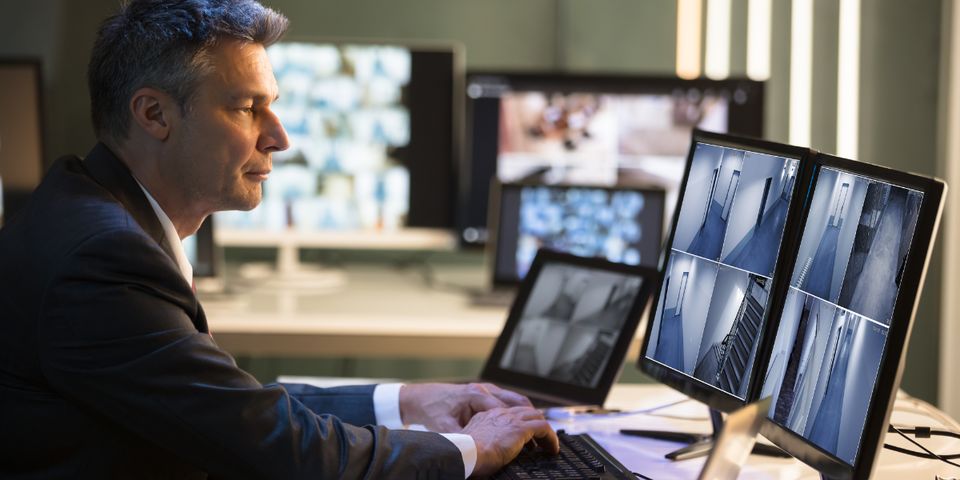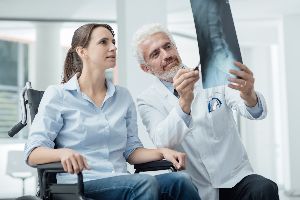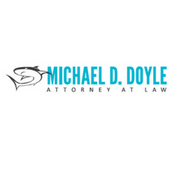
Several factors must be shown for a personal injury case to be viable. For instance, the responsible party must have been negligent, which resulted in the significant or permanent injury of another person. To help create a compelling argument against the defendant, attorneys will collect the following types of evidence.
What Evidence Is Assembled for a Personal Injury Case?
1. Police Reports
A police report serves as a starting point for investigating an incident. For example, following a car accident, the officer who arrives at the scene will detail what they observe, which can help determine who was at fault. If the officer observed that a vehicle was struck from behind, this could help illustrate that the other driver was following too closely.
2. Statements From Witnesses
Witness statements play a critical role in providing details about the circumstances leading up to an incident. For example, if there was an injury in a grocery store due to a spill that wasn’t cleaned up, another shopper might be able to shed light on how long the spill went unaddressed and whether someone was called over the store’s intercom to take care of it. If the employees never had a reasonable opportunity to handle the spill, this might suggest there was no negligence on their part.
3. Medical Records

Medical records are a professional and unbiased account of the injuries resulting from the incident. A physician must be able to deduce that the injury or illness is a result of the incident and not preexisting circumstances. In addition to their professional testimony, evidence such as medical bills and X-rays may also be used in court.
4. History of Previous Incidents
Leading up to a personal injury trial, a lawyer might investigate a property or person to see if there has been a history of previous incidents. For example, if there were formal complaints issued about a dangerous, damaged sidewalk on a commercial property prior to an injury caused by the same issue, this indicates the business owner’s failure to address a known risk. If there was ice immediately after a flash storm, though, that might not be the owner’s fault.
5. Video Footage or Photographs
Finally, videos and photos are also factual, unbiased evidence that can illustrate the circumstances of the incident or aftermath. Pictures of vehicle damage are often used after an accident, for example. For injuries that took place on commercial property, a lawyer might try to acquire footage from a store’s security camera.
If you or a loved one experienced a personal injury at the fault of another individual or business, turn to Michael D. Doyle, Attorney at Law. This legal professional has been practicing for more than 25 years and helps residents in Lorain and Cuyahoga counties in Ohio pursue the best possible outcome for their case. Learn more about the firm’s practice areas online or schedule a consultation by calling (440) 323-0001.
About the Business
Have a question? Ask the experts!
Send your question

